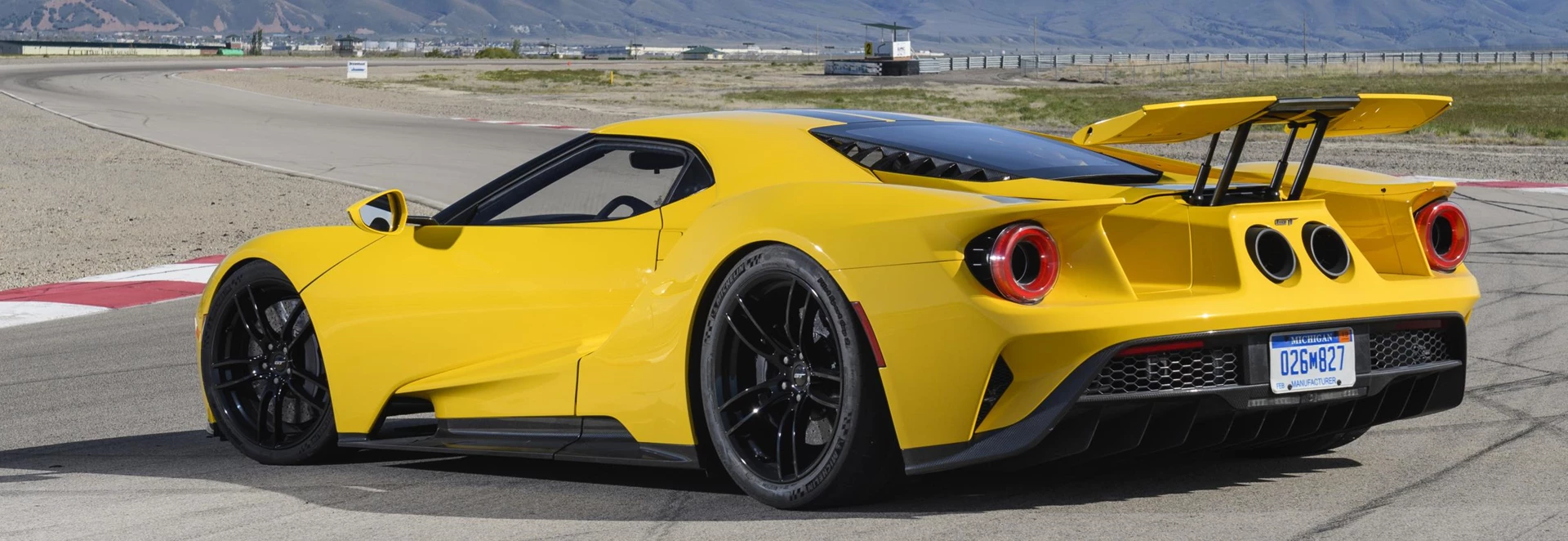There have been a great many fantastic supercars unveiled and released in the past few months, from the Ferrari 812 Superfast to the McLaren 720S and the Mercedes-AMG GT R.
But of all of those, it’s actually one wearing a familiar Blue Oval badge that we’ve been most keen to see: the 2017 Ford GT. One of the most hotly-anticipated supercars in recent years, the new GT is the third in a successive line of legendary Ford-badged supercars, starting with the original GT40.
The first reviews of the all-new GT are finally out, and although we’ll have to wait a while to give you our personal thoughts on the car we thought we’d celebrate with a few quick facts about it. This is not a Ford GT review, if you like, this is just a tribute.
It’s as close to the racing car as is possible
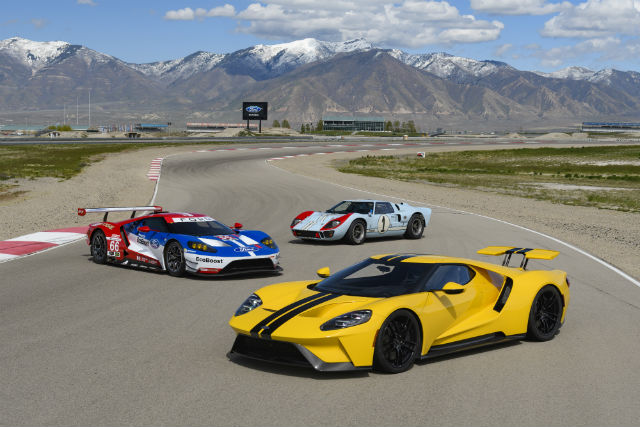
It’s been nearly a year since the Ford GT made its remarkable return to Le Mans on the 50th anniversary of the original GT40’s victory, but did you know that the road car was actually developed simultaneously alongside the racing version?
That means that the road-going GT carries more than just the bodyshell and nameplate of the racing car, but shares an impressive number of components as well. For a start, it has an FIA-spec integrated roll cage built into its carbon fibre tub and fixed racing seats, while the suspension is a complex pushrod system that’s similar to that used on Formula One cars and prototype Le Mans racers.
Ford even refuses to say exactly how much downforce the new GT’s comprehensive aerodynamic systems make, for fear that rival racing teams could use the data to figure out how the racing GT works.
Its windscreen is made from iPhone glass

As well as all that cool racing car stuff, the GT also features a windscreen and rear window made from Gorilla Glass, the same sort of stuff as your iPhone’s screen. Specially developed by Ford and Gorilla Glass manufacturer Corning, it’s 30 per cent lighter than conventional glass to further improve the car’s performance.
Traditionally, car windscreens are made from two layers of annealed glass that are sandwiched around a transparent thermoplastic centre, a technology that was in fact originally developed by Henry Ford himself.
However, the new GT swaps the inner layer for a new, more advanced type of thermoplastic, which makes its screens thinner and lighter, but also much tougher than conventional screens.
It was benchmarked against the best cars in its class
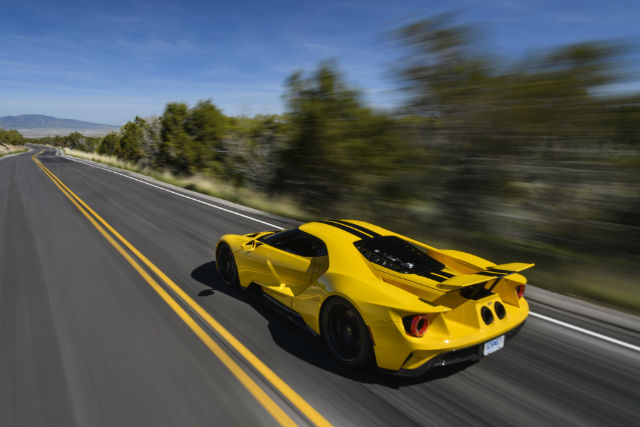
To make the GT the best car it could possibly be, Ford’s team of engineers undertook extensive benchmark testing against a roster of between 10 and 12 supercars from the world’s greatest sports car manufacturers.
The line-up featured everything from Chevrolet Corvettes to Nissan GT-R’s, but the two cars that Ford focused on the most were the Ferrari 458 Speciale and the McLaren 675LT, which Ford considered to be the best of the best.
Whether the new GT is better than either of those is something that we’ll have to wait and see about, but there’s no doubting the seriousness with which Ford’s engineers approached the task with.
It’s actually based on a Ford truck
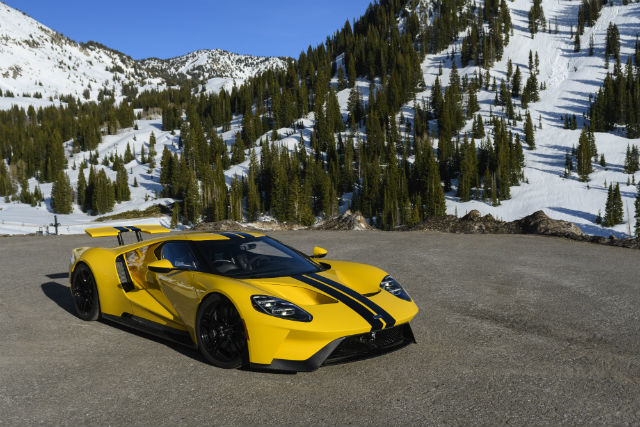
You will, of course, by now know that the new GT is powered by a 3.5-litre twin-turbocharged EcoBoost V6 instead of what many thought would be the more traditional choice of a V8.
Ford’s reasons for doing this are numerous, but chief among these is that the V6 allowed the car to make much more extensive use of aerodynamics and to be packaged better, but did you know that the engine shares as much as 60 per cent of its parts with the Ford Raptor truck?
The block is the exact same as that used in the new F-150, though the GT features all kinds of upgrades like massive intercoolers mounted on the side sponsons, a dry sump oil system and the removal of ancillary drives to allow to it be squeezed as close to the bulkhead as possible.
You can’t have one
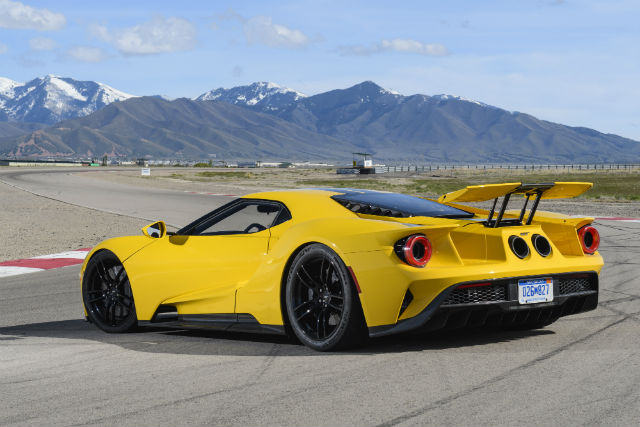
Yep, sorry about that. There are a good many reasons, however, chief among them that the GT is stratospherically expensive by anyone’s measure at £320,000, and that Ford is only building 1,000 of them globally.
Not just that, but Ford also introduced a strict, Ferrari-style vetting system which meant that prospective buyers would have to prove they had a long history of Ford ownership, and that they would treat the car right by driving it and not just squirrelling it away in a hermetically-sealed chamber to appreciate.
